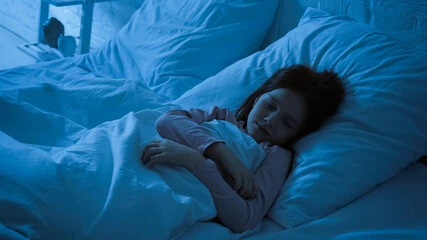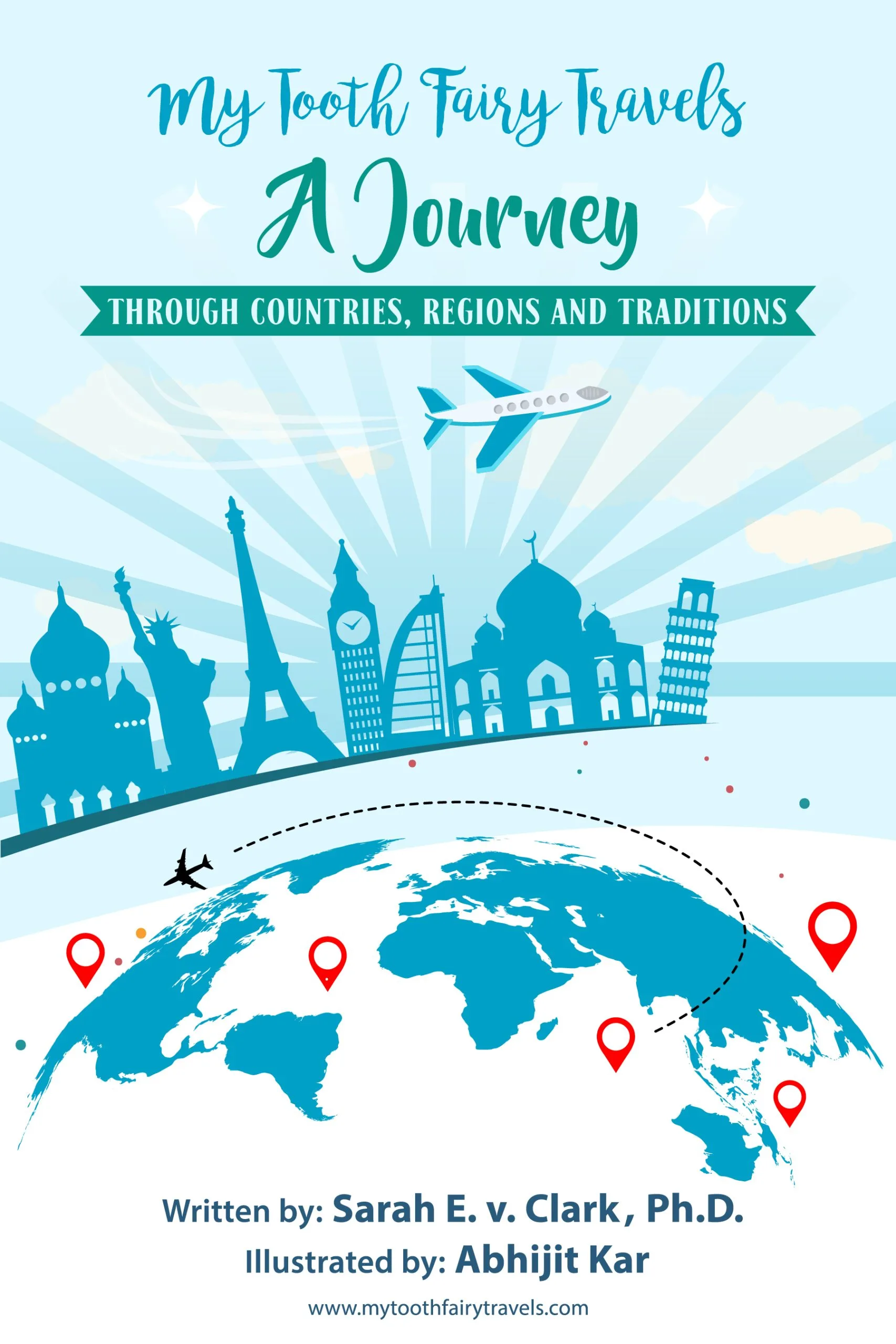Unveiling the Evolution of the Tooth Fairy Tradition in the United States
The enchanting legend of the Tooth Fairy, while believed to have taken root in European folklore, truly blossomed and flourished within the cultural landscape of the United States in the early 20th century.
The inaugural mention of the Tooth Fairy in the annals of American print can be traced back to a 1908 column in the esteemed Chicago Tribune. Authored by the astute Lillian Brown, the piece not only introduced the whimsical figure of the Tooth Fairy but also advocated its use as an imaginative strategy to foster an appreciation for dental hygiene among children.
In the wake of its introduction, the Tooth Fairy swiftly captured the American imagination. Throughout the 1920s, an influx of captivating tales and books featuring the Tooth Fairy proliferated, aiding in disseminating the enchanting tradition to children far and wide across the nation.
In contemporary times, the Tooth Fairy continues to be an enduring and cherished tradition in the United States. The majority of children joyfully participate in the ritual, placing their shed baby teeth under their pillows with the anticipation of discovering a small token of the fairy’s visit. The allure of the Tooth Fairy not only infuses magic into the otherwise mundane process of losing baby teeth but also serves as an effective tool for imparting the significance of oral health to young minds.

Hey there!
We invite you to join us as our Tooth Fairy flutters across the digital landscape. From the wistful realms of Instagram, the lively stages of TikTok, the interactive network of Facebook, to the captivating channels of YouTube - we're spreading smiles and magic wherever we go.


